(Esta noticia solo se encuentra publicada en inglés)
Caroline Weaver, the owner of CW Pencil Enterprise, a specialty pencil shop in Manhattan’s Lower East Side, has managed to make the dream of obsessives come true: What if this thing I love, this strange small thing, could be my job? For Weaver, that strange small thing is the humble pencil, and it has provided not only a business—celebrating its two-year anniversary this March—but a book as well, a history of the pencil entitled The Pencil Perfect. We chatted with Weaver about her store, the birth of the pencil craze, why Japanese pencils are so good, and why people think pencils contain lead. Here are twelve of the most fascinating things we learned.
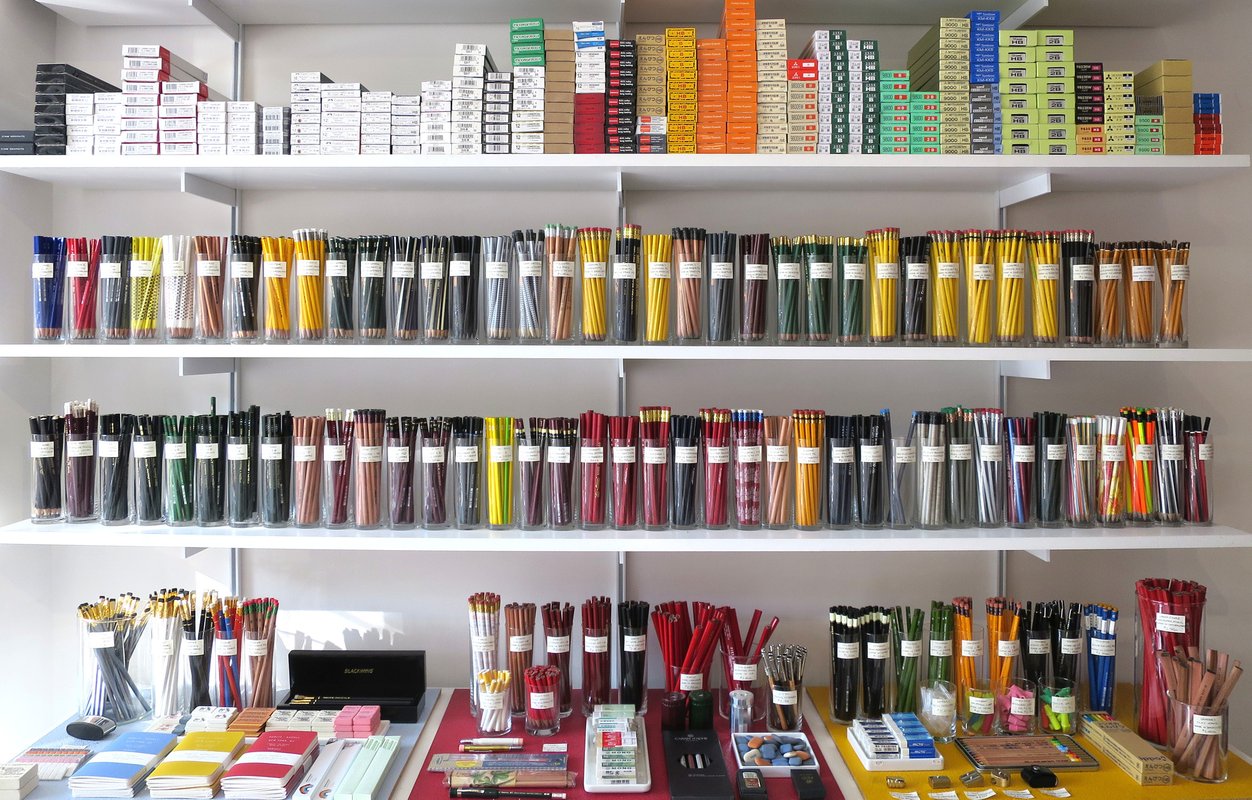
Photo: CW Pencil Enterprise
Pencils do not, and have never, contained lead of any sort.
“It took quite a long time for people to even figure out the chemical composition of graphite,” says Weaver. Graphite was discovered in England in the mid-1600s, and the possibilities of this new material were immediately obvious—but exactly what the stuff was made of, that was a little tricky. “When it was first discovered, people called it black lead, because it kind of resembled lead. And to this day, we still call it lead, and think there’s lead in pencils. But the truth is there was never lead in pencils,” she says.
The first pencils looked pretty weird.
“Graphite was originally used bare as an artist’s material with string wrapped around it, so you had something that wouldn’t get your hand really messy and would also keep the graphite from breaking,” says Weaver. Graphite is quite brittle, but it would take centuries before a process was discovered to mix powdered clay with powdered graphite to make stronger, cheaper pencils. “The Faber-Castell archive has what is believed to be the first pencil. It’s basically two small planks of wood with a piece of graphite stuck inside it, and only three of the four edges are covered. It looks like a super primitive carpenter pencil.
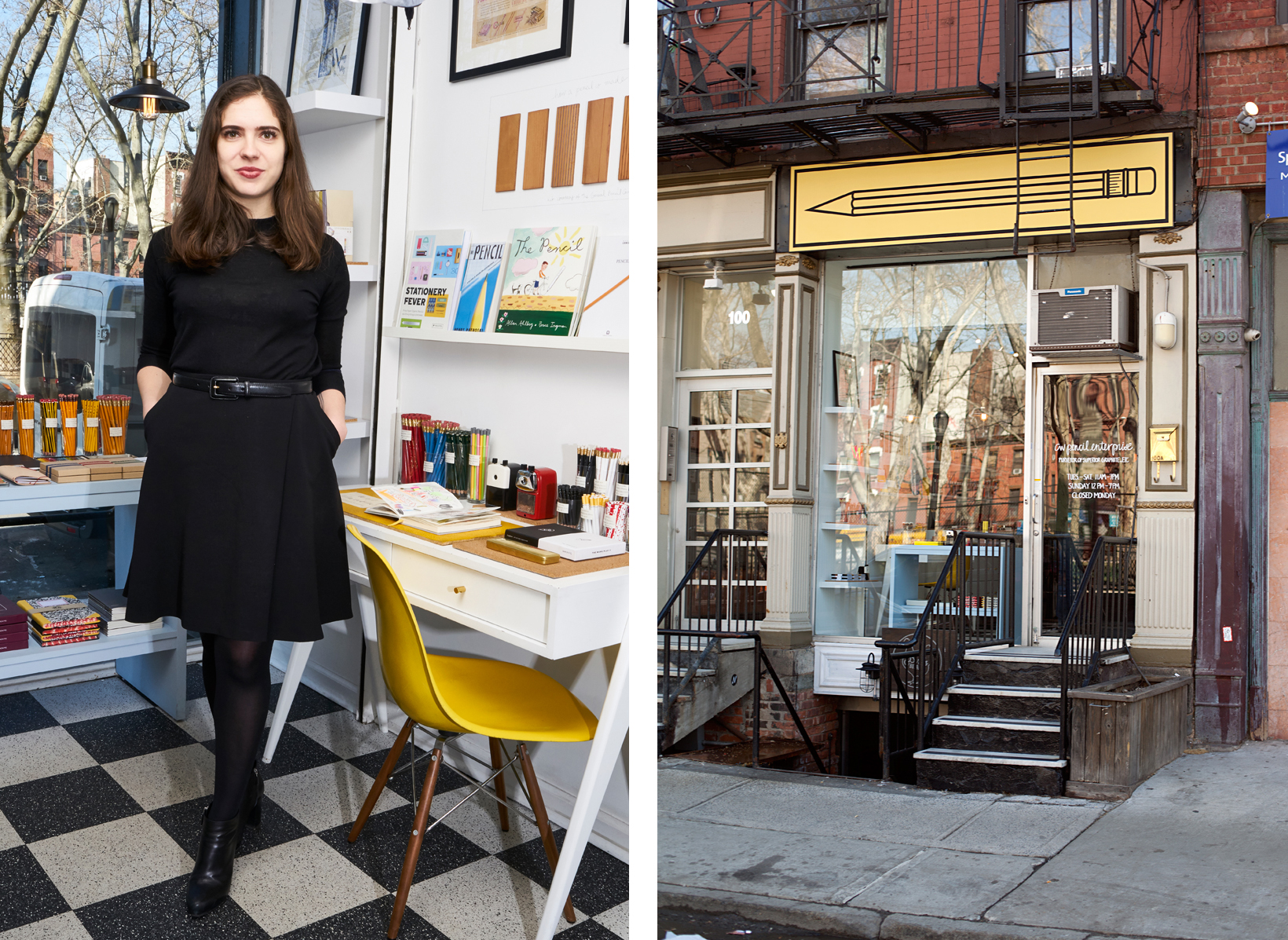
Photo: CW Pencil Enterprise
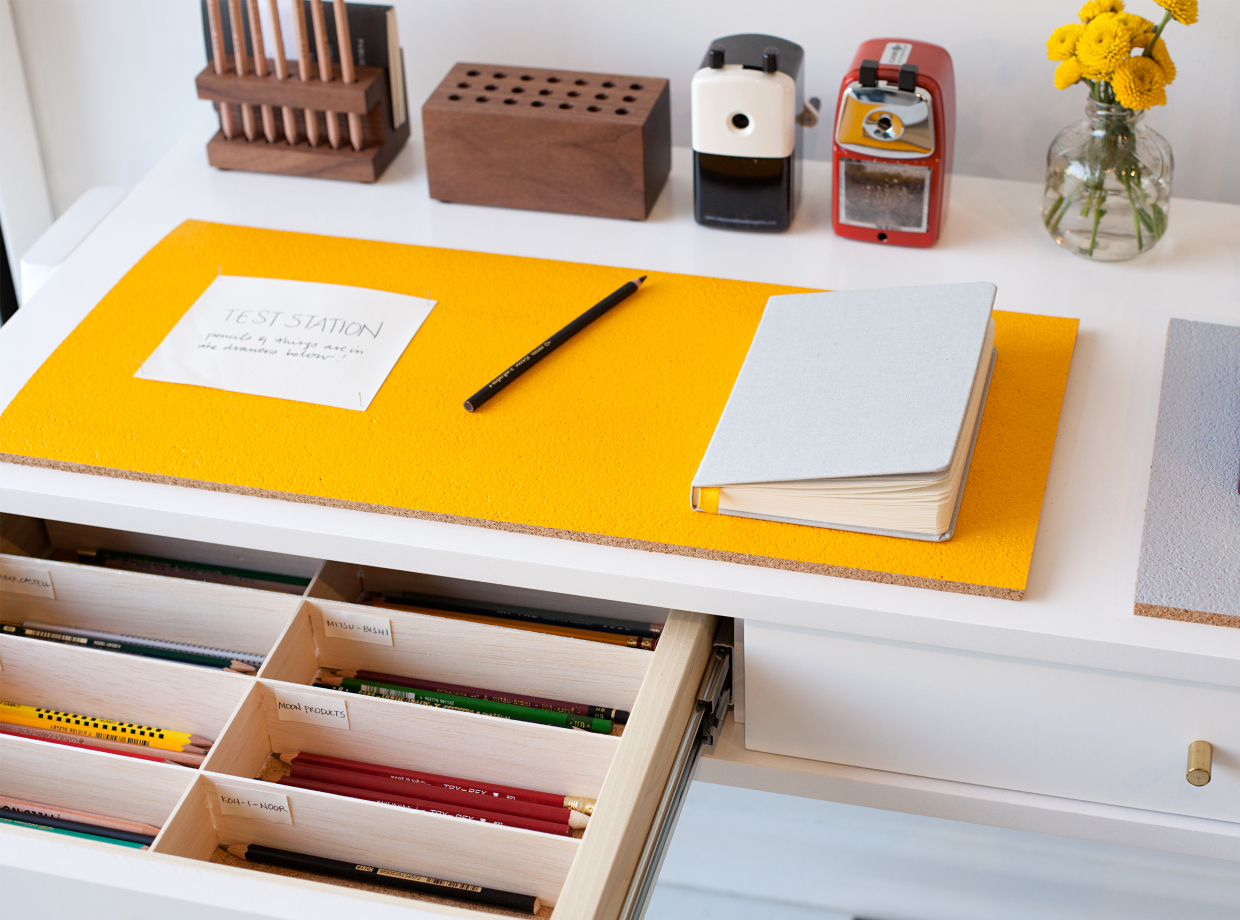
Photo: CW Pencil Enterprise
In fact, the pencil was a luxury item for centuries.
“They were originally made mostly by cabinet makers, or anybody skilled in woodcraft. It’s not easy to enclose something that small in wood, and they were all made by hand,” says Weaver. The pencil was a huge step up from the then-modern pen, which was a quill, in that you didn’t have to carry around a bottle of ink, which made it ideal for the military as well as artists. But at the time, it was essentially an artisanal sculpture featuring a rare mineral—very expensive.
Legend has it that Napoleon is in large part responsible for the modern pencil.
Weaver was careful to say that this is a legend, and not necessarily completely accurate, but: “Legend has it that during the French Revolution, Napoleon asked Nicholas Conte, who was an engineer who worked mostly with hot air balloons, to make him a better, stronger pencil. All the good pencils were coming from Germany or Britain at the time, and he couldn’t import them because of the war.” Napoleon only had access to crappy graphite, but Conte figured out that even crappy graphite, when powdered, mixed with powdered clay, and fired in a kiln, makes not only a serviceable and inexpensive pencil. It makes a better pencil. Conte also created the mostly-modern method of enclosing the stick of graphite in two half-cylinders of wood, rather than filing out a hole through the middle of a solid stick. And he did this all, according to legend, in eight days.
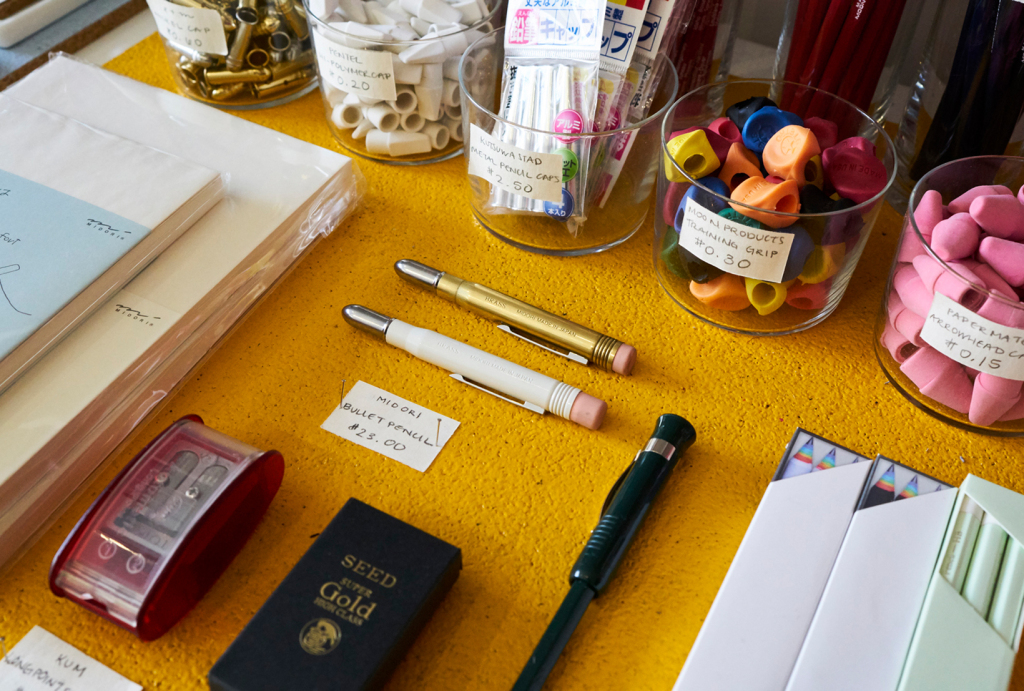
Photo: CW Pencil Enterprise
The eraser came after the pencil—and you won’t believe what predated rubber.
“The erasability of graphite wasn’t a quality that people recognized at first, because erasers didn’t exist,” says Weaver. Rubber, native to the Americas, was both extremely expensive and, until the mid-1800s, perishable. In place of that, pencil-wielding writers used something you might not expect. “People used pieces of bread to erase, slightly stale bread,” she says. “Because it’s still a little absorbent but also a little scratchy, so you can kind of scratch off the graphite.”
The Japanese make some of the most prized modern pencils.
“In Japan, during the mid-20th century, there was almost a race between two pencil companies, Tombow and Mitsubishi, to make the world’s finest pencils. The result is a pencil called the Tombow Mono 100. The Mono 100 is a beautiful pencil. The detailing on its finish—it has this giant white stripe on the end, it has all this gold detailing, it’s so shiny, it’s gotta have at least 14 coats of paint on it, and it has 10 billion particles per cubic mm in its graphite core,” gushes Weaver. These pencils come in fancy plastic boxes with delicate paper sleeves inside. “The packaging is just unbeatable,” says Weaver. “I guess that’s a very Japanese quality, the excessive but beautiful packaging.”
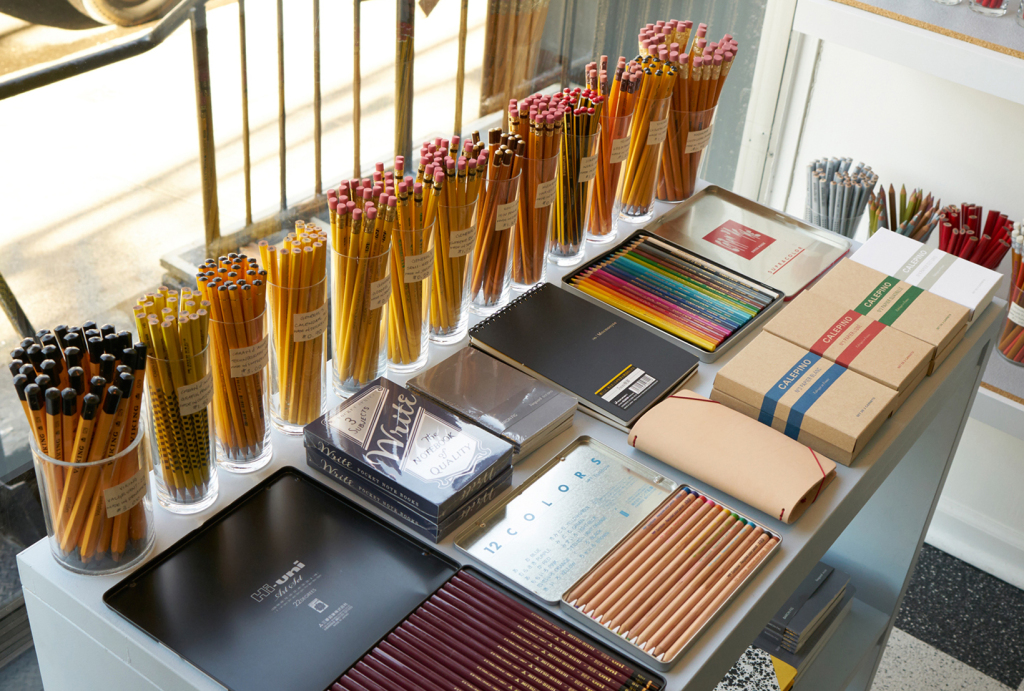
Photo: CW Pencil Enterprise
There are still pencils made in the U.S., and they’re actually pretty good.
The U.S. once had a booming pencil industry, in part because the most common wood for casings is cedar, which the country has lots of. Today, there are only three significant manufacturers left in the U.S.—even Dixon’s iconic Ticonderoga is made elsewhere—but they’re not bad! “The General’s Semi-Hex is still manufactured in the U.S., made in its original factory in Jersey City, New Jersey. It’s the most local pencil to us in New York, which we’re very proud of,” says Weaver. “They make a number 2 that’s yellow, with the gold foil, very similar aesthetic to the Ticonderoga, very nostalgic. That, to me, seems to be like the most American pencil.”
What separates a lousy pencil from a great one? How different can they be?
“The first question you have to ask is, is it made out of good quality wood? You have to sharpen your pencil, so if it’s bad, that’s immediately an issue. The other thing that I don’t think people really pay much attention to, unless they know to look for it, is how well-centered the pencil is,” says Weaver. “You can tell that by looking at the unsharpened end of it. There’s so little room for error when it comes to making pencils that even if it’s a millimeter off-center, it gives you trouble when you’re sharpening it. If you sharpen it and find that it’s kind of slanted, that means the core is off-center. That can also lead to the wood splitting, which isn’t good.” Beyond that, things are mostly up to personal preference: Do you like a scratchy pencil or a smoother (but more likely to smudge) one? Do you like lightweight or heavy pencils? How do you like your pencil to look?
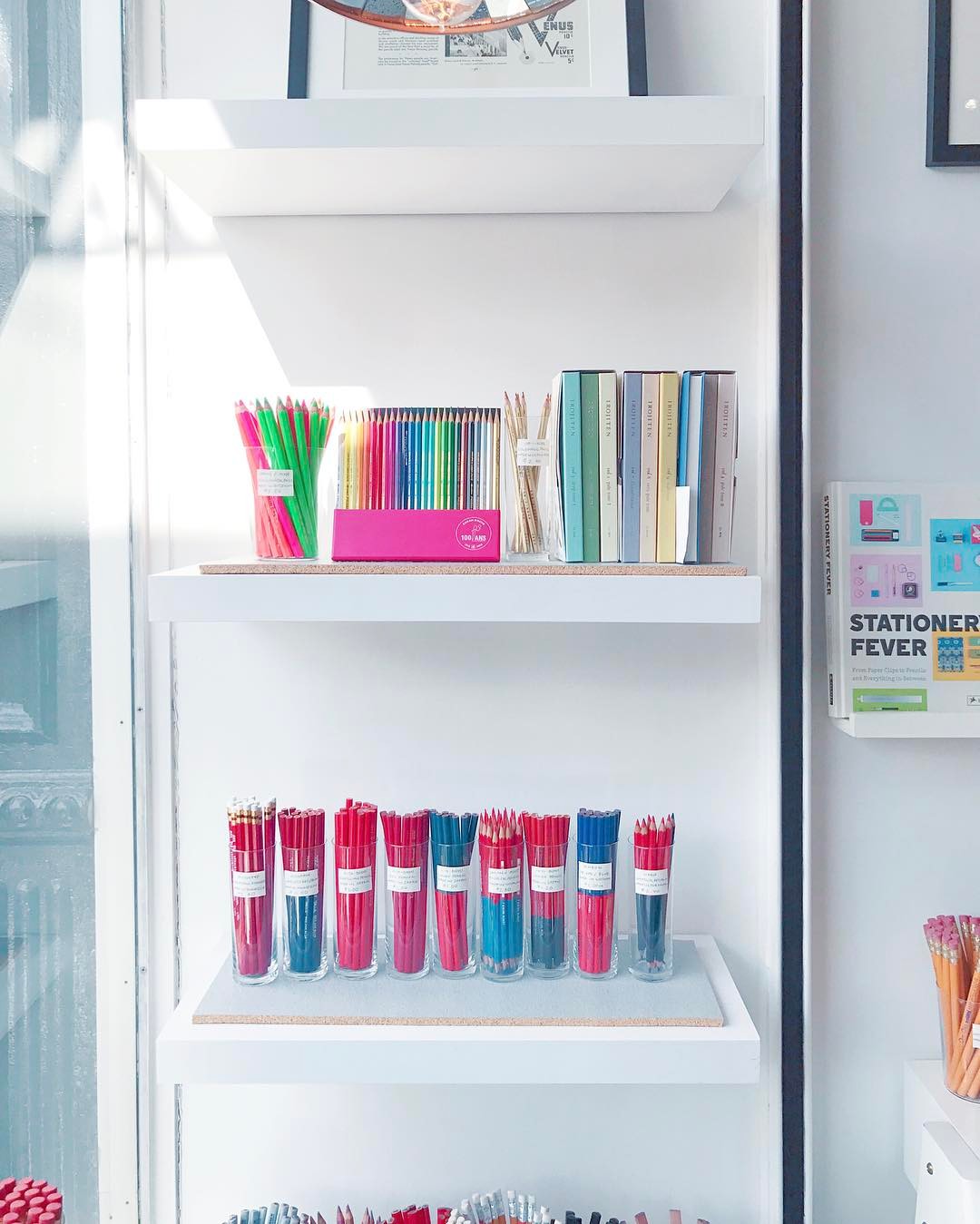
Photo: @aestheticsofjoy
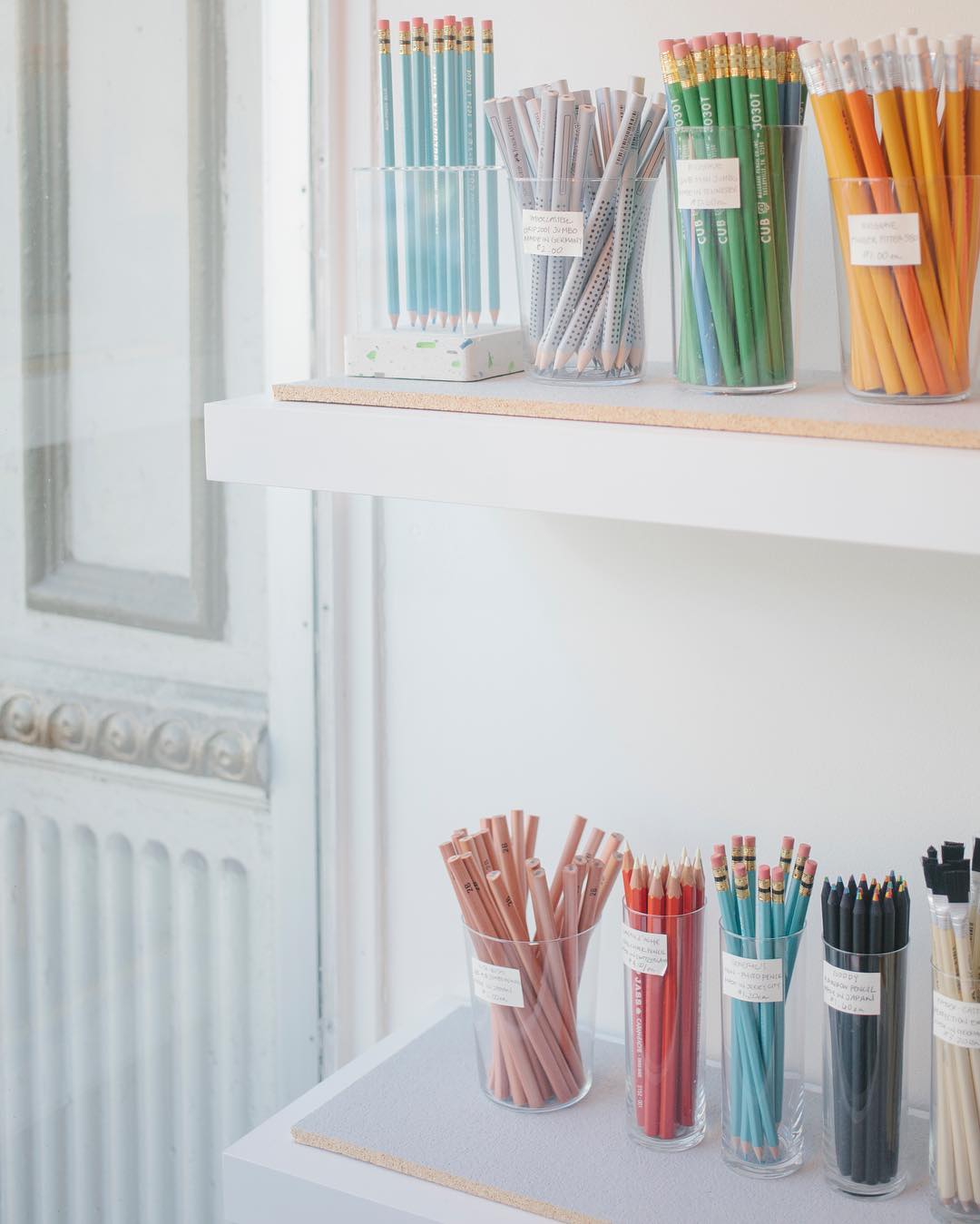
Photo: @hokaytokay
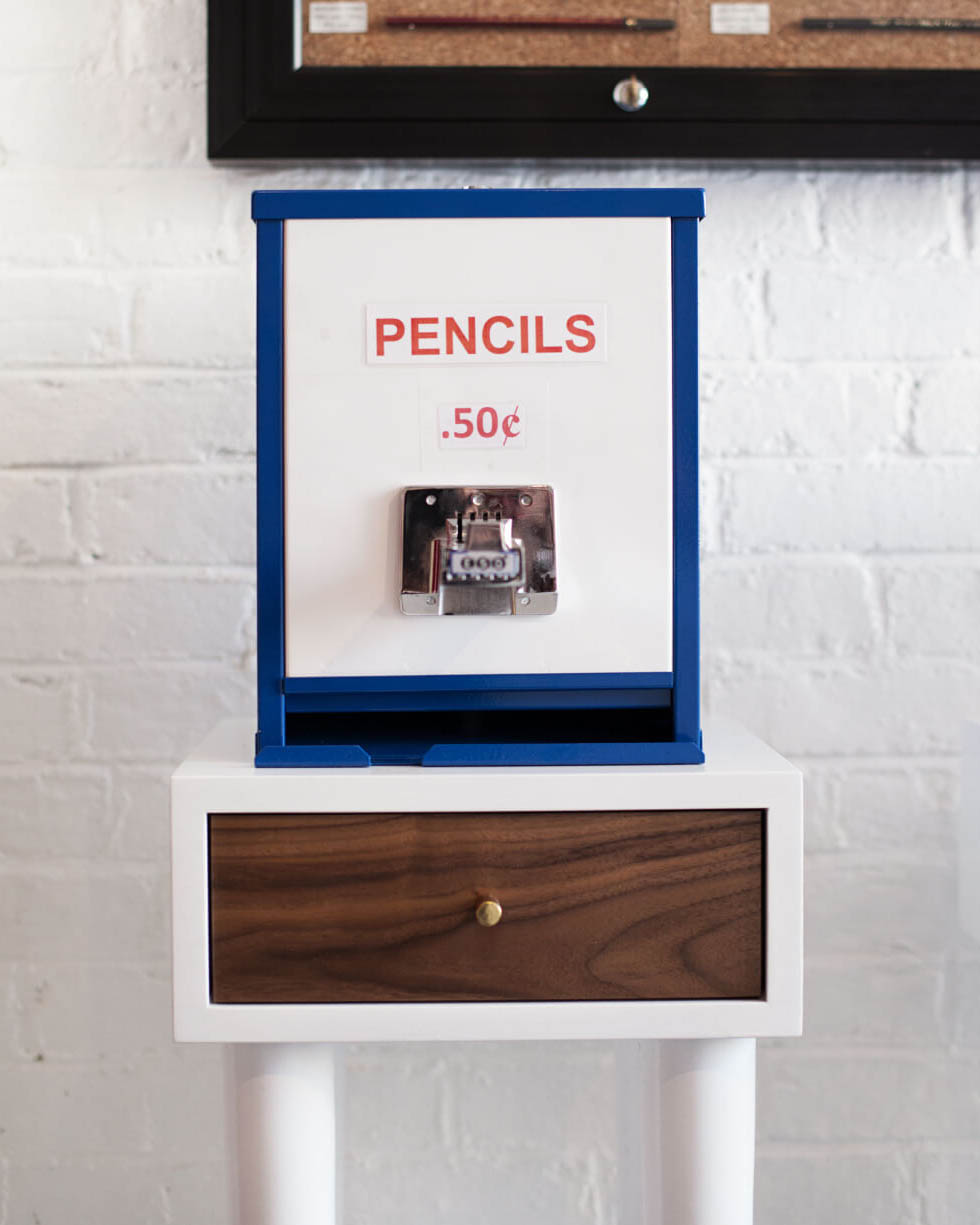
Photo: CW Pencil Enterprise
There is an online obsession with a particular, long discontinued sharpener.
There are a few different ways of sharpening pencils, but the easiest is the electric sharpener. That said: “Electric sharpeners can be terrible. The best ones were made by Panasonic in the 1980s, but those can be hard to find these days. Believe it or not, there is a resale value for those Panasonic electric sharpeners, because people really love them,” says Weaver. There’s a thriving market on eBay for them; sharpeners in great condition can sell for upwards of $75.00.
But the hottest sharpener isn’t one for amateurs.
“Amongst people in the pencil community, the long-point sharpener is kind of the thing right now,” says Weaver. “It’s a two-step process; it looks like a normal hand-held sharpener, but it has two blades. Blade number one just sharpens the wood of the pencil, and then when you’re done you have to put the pencil into blade number two which very gently refines the blade of the graphite. So the result is a super long point, much longer than you get from any other kind of sharpener. People like it because you don’t have to sharpen your pencil as often. But it’s tricky, it’s kind of hard to use. You have to have a lot of patience.”
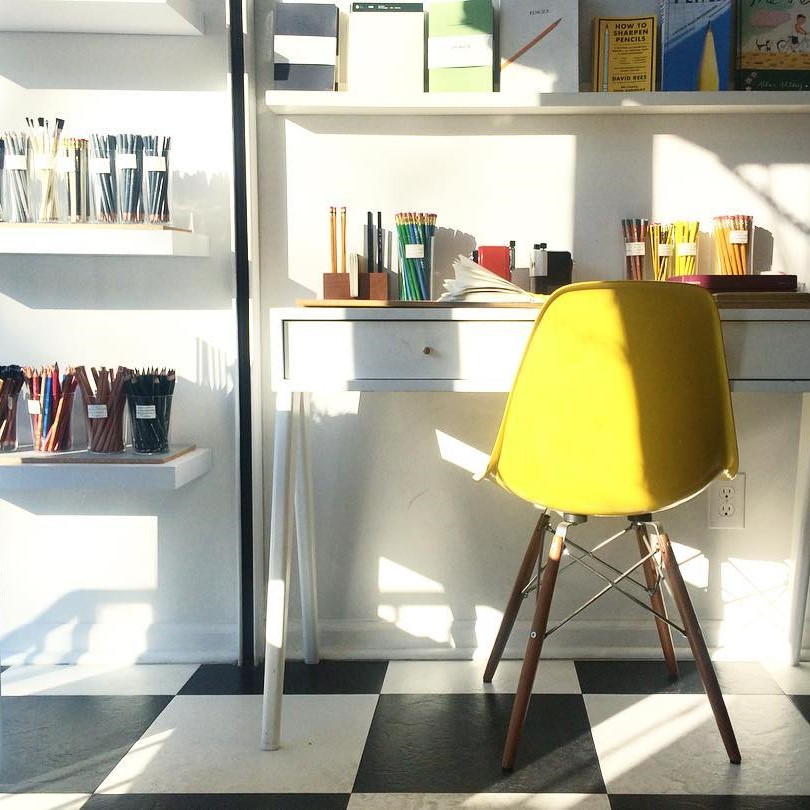
Photo: @dianarodriguez
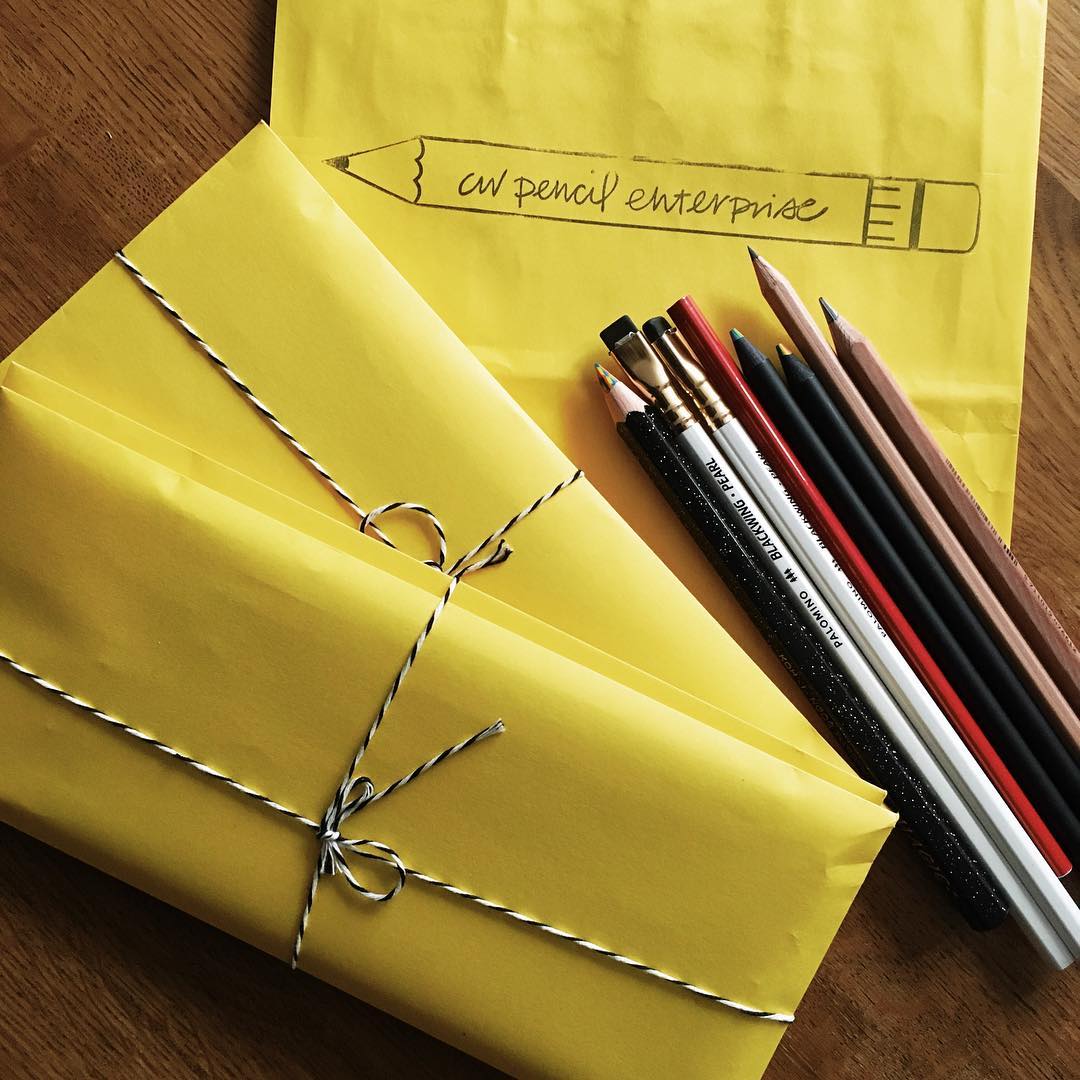
Photo: @rehanu
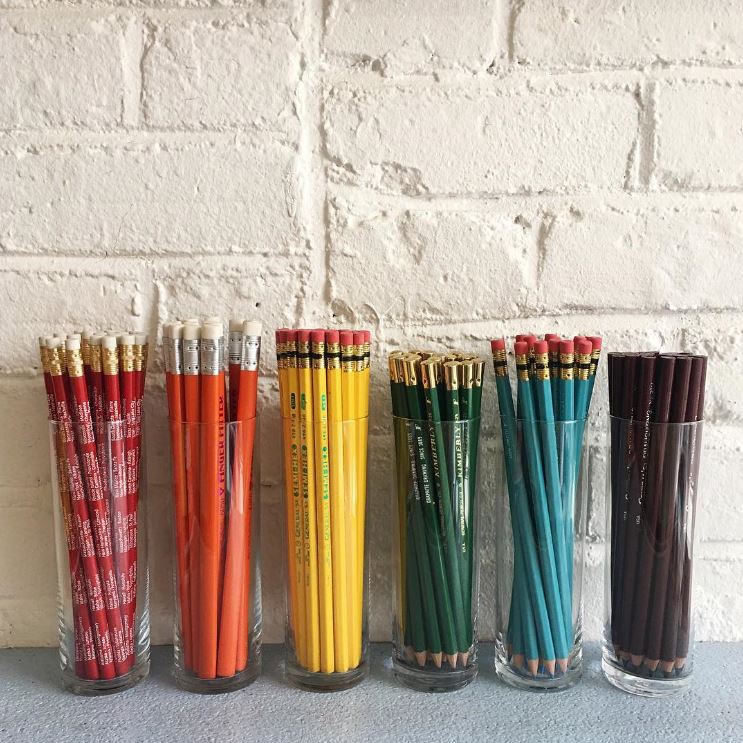
Photo: CW Pencil Enterprise
“Steinbeck stage” is a term any budding pencil-head might want to learn.
If you frequent pencil message boards—there are some revolving around the Erasable Podcast—you’ll see the term “Steinbeck stage.” “Apparently John Steinbeck discarded his pencils when the barrel of the pencil, the metal part on the end, got to the part of his hand that connected his index finger and his thumb,” says Weaver. So when a pencil gets to that point, it’s referred to as the “Steinbeck stage.” On the other hand, you don’t have to discard a pencil at that point. “I use a pencil extender. We sell so many pencil extenders; I think it’s something that a lot of people have no idea even existed. And you should use your pencils until the end! It feels like a big accomplishment,” says Weaver.
Weaver did, in fact, write her book about pencils with a pencil.
“I did write the book with a pencil,” she says. “I wrote it in a notebook and then transcribed it. I’ll be honest, I cheated a little bit; for a couple sections I just wrote the outline in pencil, not the whole thing, but I tried my best. I ended up using just under 40 pencils for the whole thing, and I saved all the stubs.” Not only that, she tried to match up the pencil she used with the topic at hand. “If I was writing about Faber-Castell, I used a Faber pencil. Or I used vintage pencils for some sections. I kept them all in a jar that had a label on it that said ‘How many pencils does it take to write a book about pencils, in pencil?’”
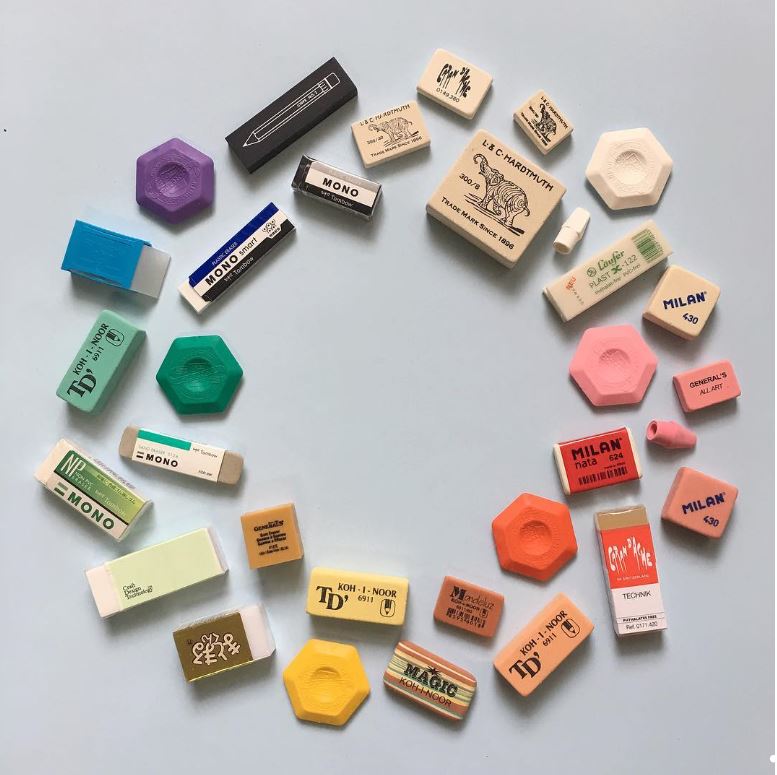
Photo: CW Pencil Enterprise
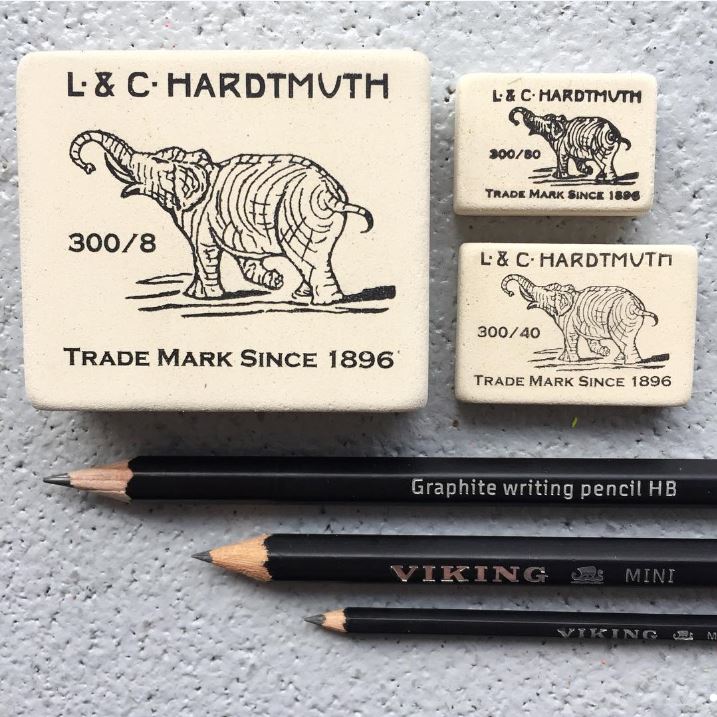
Photo: CW Pencil Enterprise
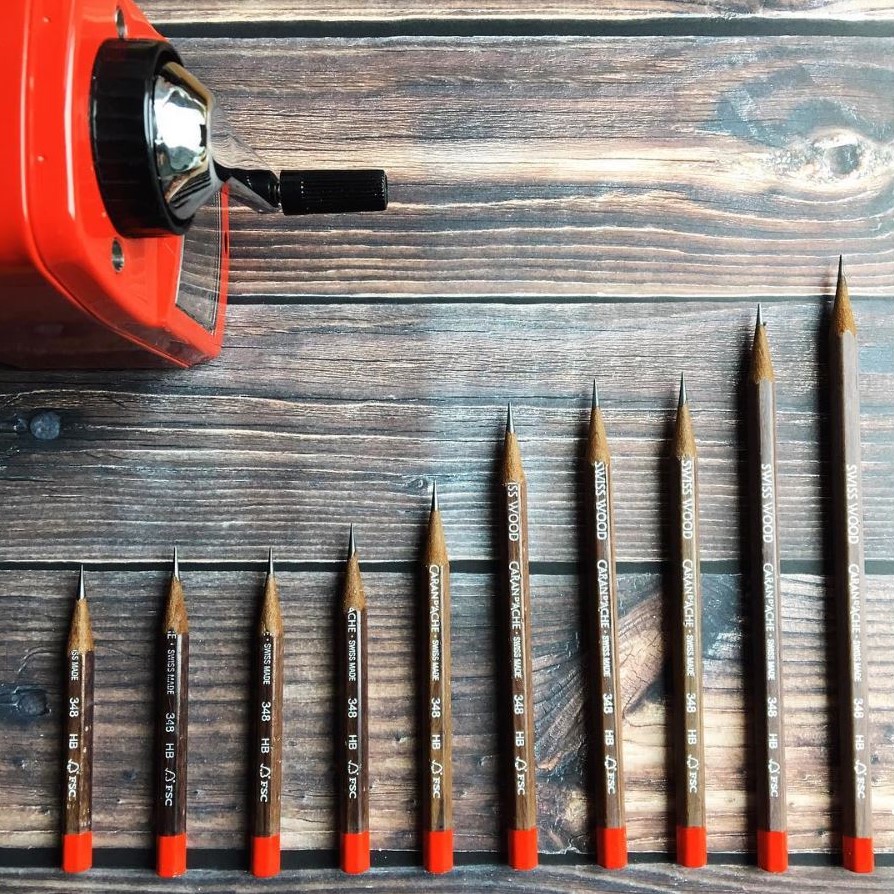
Photo: @mailmorelove
And that’s part of what Weaver loves so much about pencils. Unlike a pen or mechanical pencil, a classic wood-case pencil fades away with work. “I think that’s something that’s so amazing about this kind of object; it’s something that just disappears when you’re done with it. You’re left with a tiny stub that’s almost a souvenir of all the work you’ve done, and that’s kind of nice,” she says. Plus: Wood pencils smell good.
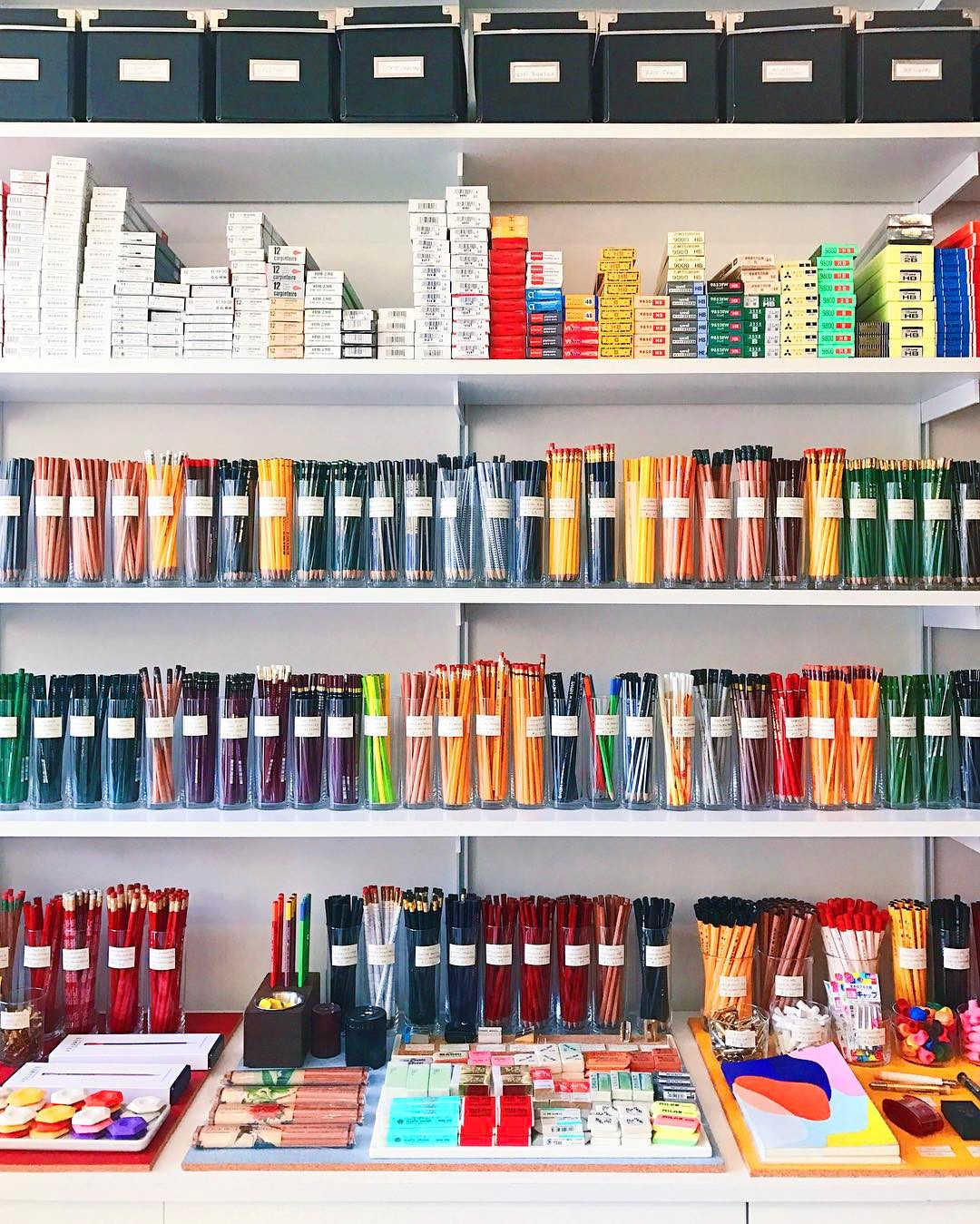
Photo: @paperfashion
Via: http://99u.com/articles/55179/a-brief-history-of-the-pencil-as-told-by-a-pencil-aficionado
By Dan Nosowitz

